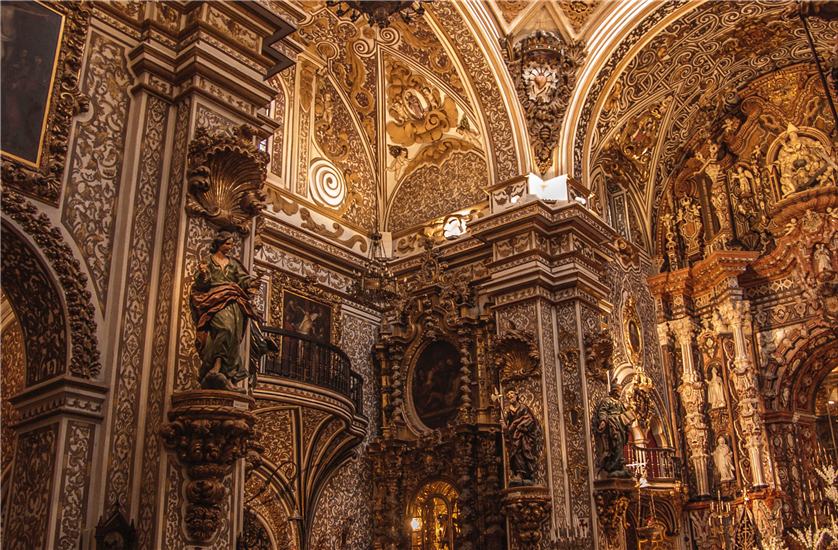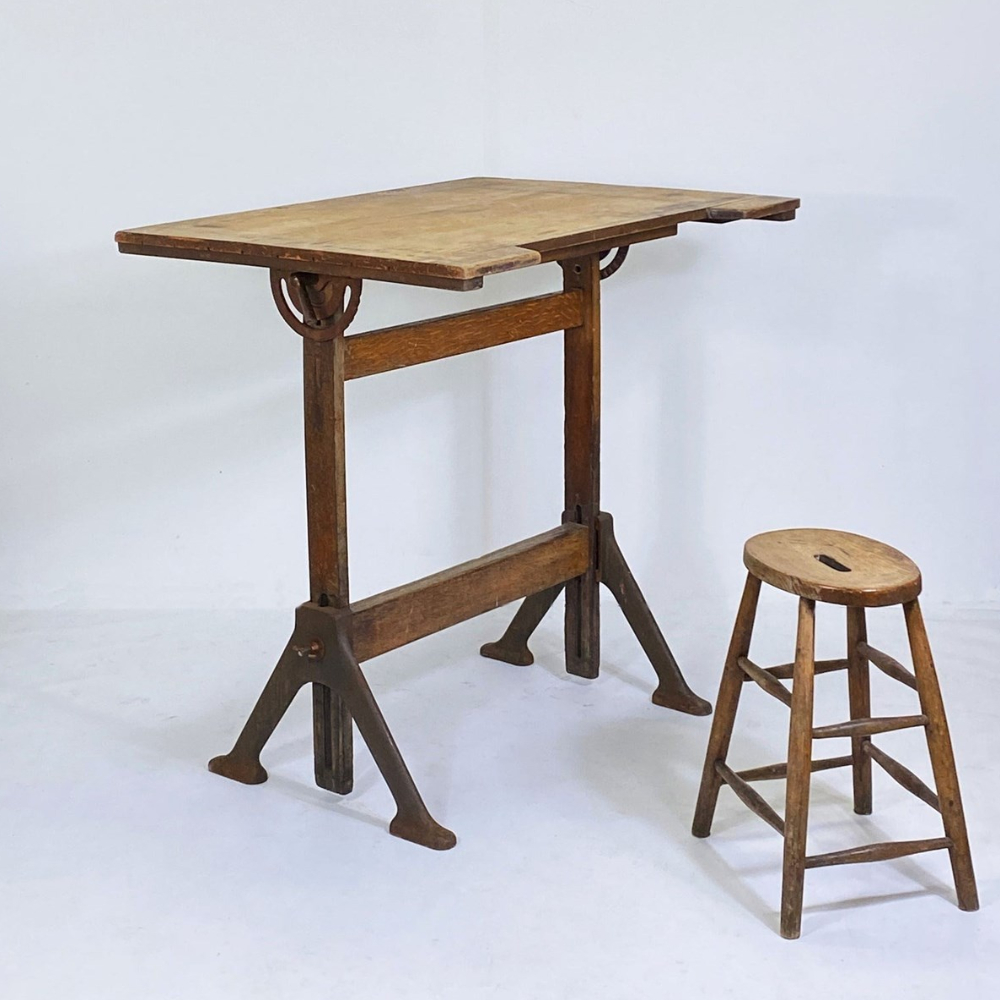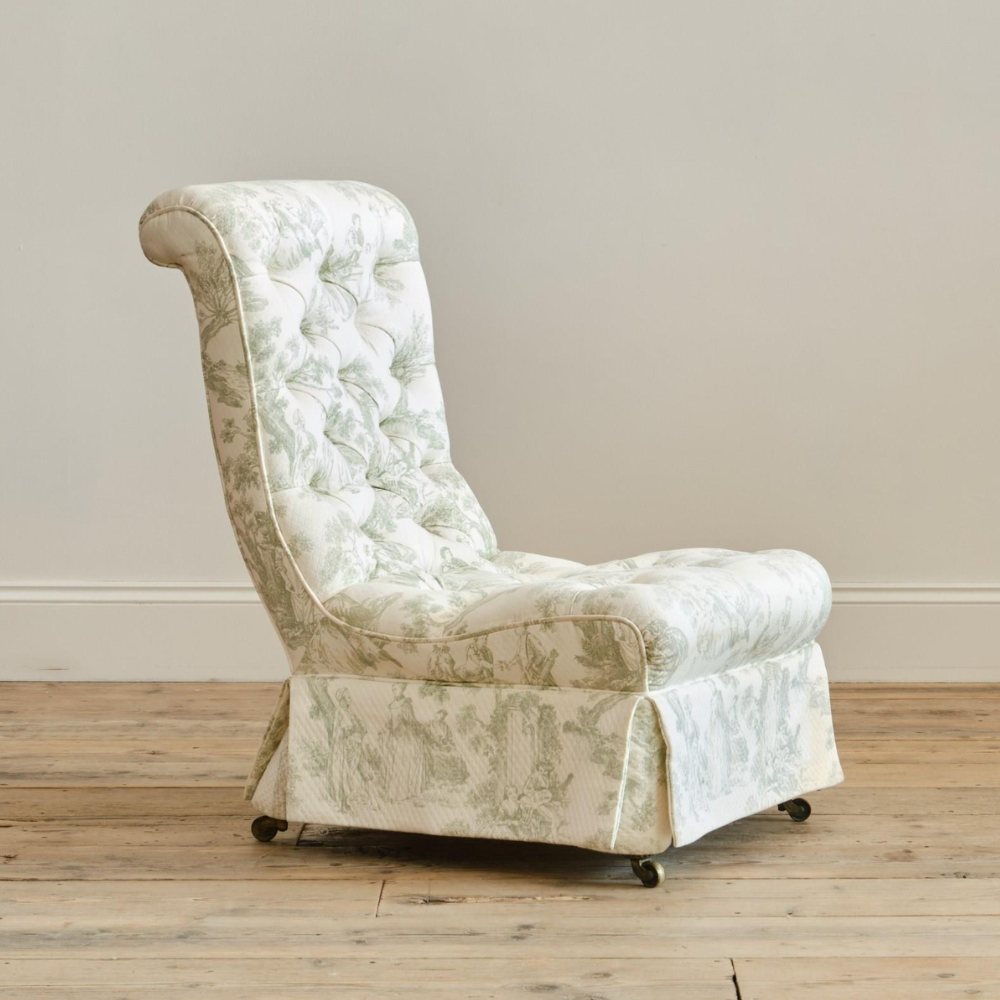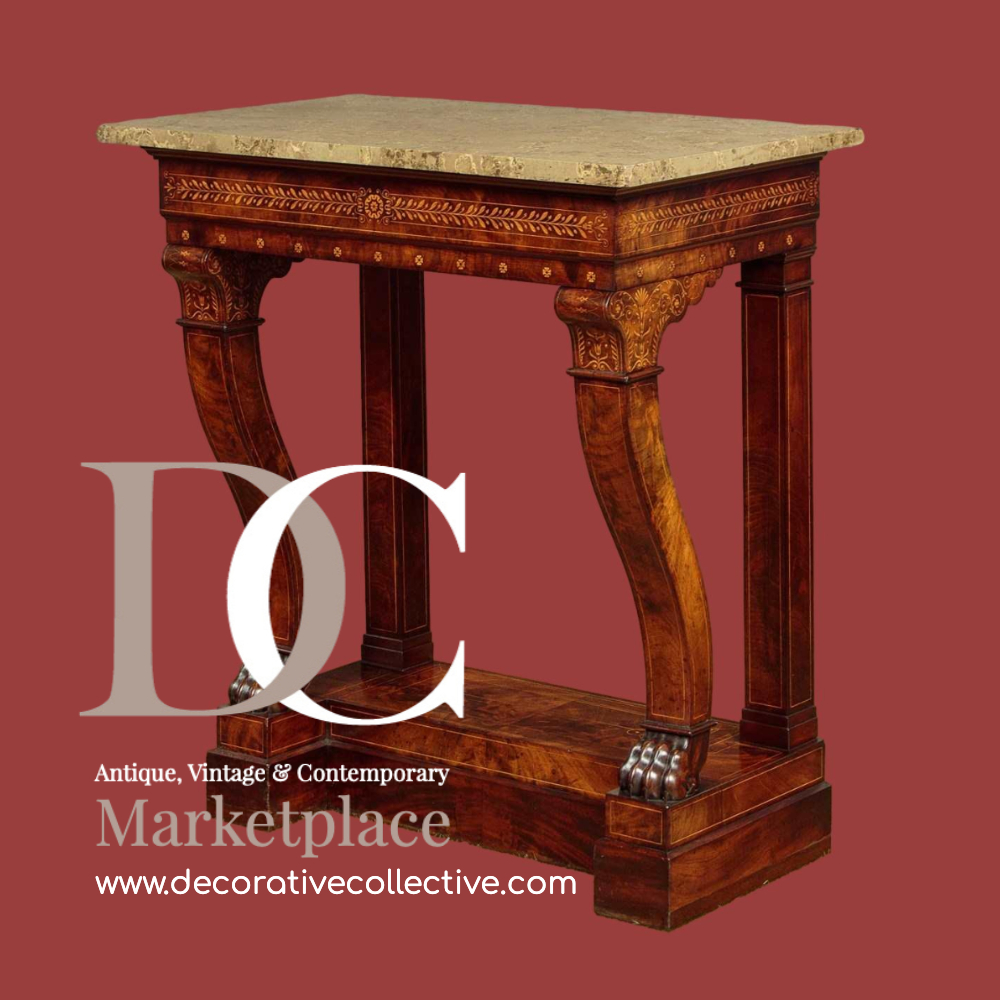
The Rococo period was popular in the 1730s, starting in Paris and spreading across Europe. Its style is airy, ornamental and frivolous, with colour and movement a big part of the design. The name ‘Rococo’ comes from the French word for pebbles (rocaille), which reflects this movement’s central motif of stones and shells.
The style extended across various art forms, including furniture, painting, sculptures, and even architecture. One of the most famous examples is the Salon de la Princesse at the Hotel de Soubise in Paris, which still survives today.
The origins of the Rococo period
Originating during the early 18th century, the Rococo period emerged following the death of King Louis XIV. While King Louis XIV had favoured the extravagance, tension and drama of Baroque, the Rococo movement positioned itself in opposition to this and represented the final hurrah of this art period.
With the transition to Louis XV, royal proceedings became more intimate, less public and overall, less formal. The interior style of the time reflects this, and it played an essential part in the Rococo movement. Louis XV and his mistress, Madame de Pompadour, redecorated the palace of Versailles in the Rococo style, boosting its popularity across the nation.
Antique Rococo furniture
Furniture within the Rococo movement was exquisite, built to the highest quality, and often pulled together the skills of several types of craftsmen to work on just one piece.
Similar to other areas of the movement, Rococo furniture incorporated curved shapes within the structure, including c-shaped and s-shaped scrolls. Decorations were detailed and intense, giving a complicated appearance that included seashells, flowers and elements of fantasy and mythology.
Overall, these furniture pieces boasted an asymmetrical design aimed at reflecting the languid, free-flow of the natural world with a harmonious ‘balance’.
Paintings during the Rococo period
Rococo paintings often displayed a ‘busy’ appearance, created through masses of intricate detail, delicate brushwork, curves and counter curves. This style was used to create pastoral environments, mystical subjects and depictions of love.
The birth of Rococo painting is credited to Jean-Antoine Watteau, who created pieces depicting nature as idyllic and untamed using articulated colours and dynamic compositions. His works inspired some of the most famed Rococo artists, including Jean-Honoré Fragonard and François Boucher.
Popular Rococo sculptures
The classical style of popular sculptures during the Baroque period carried through to the Rococo movement. However, the porcelain Rococo sculptures depicted playful, more whimsical themes and lighter subjects, mirroring other movement areas.
Madame de Pompadour commissioned many Rococo-style sculptures for the Chateau de Choisy’s orangery and became a great patron of the movement.




